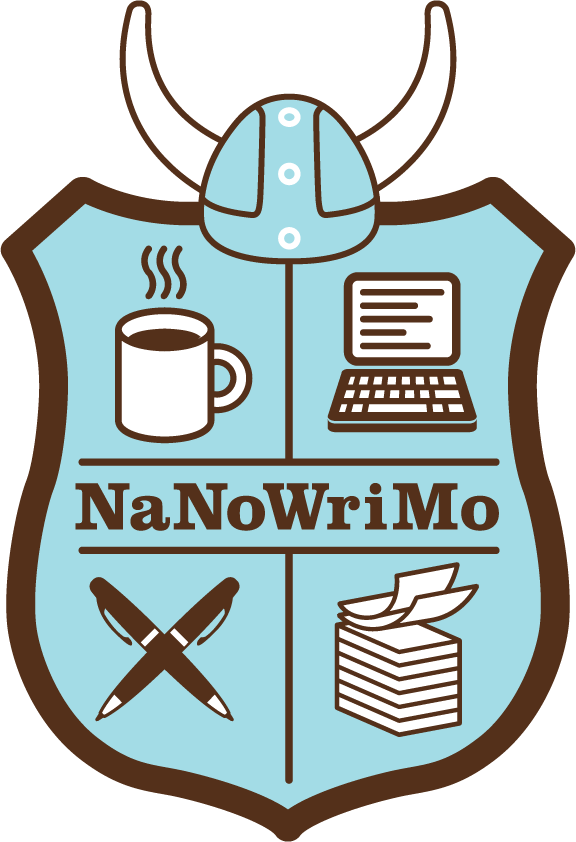
Every November, people all over the world set a goal and start writing for National Novel Writing Month, or NaNoWriMo. Writing a book—starting a book, let alone writing a beginning, middle, and end—is a major challenge, even for writers who have traveled that path before. NaNoWriMo offers tools to track progress, set milestones, and connect with other writers. It’s also free.
“National Novel Writing Month began in 1999. The first challenge was simply to write 50,000 words of a novel in thirty days. The challenge has grown exponentially over the years.
NaNoWriMo became a nonprofit organization in 2006, with the goal of supporting writing fluency and education. Today, the NaNoWriMo website, “hosts more than a million writers, serving as a social network with author profiles, personal project libraries, and writing buddies.”
In an ordinary year, local Wrimos—the nickname for challenge participants—come together at libraries and coffee shops to share the month-long challenge experience. This year, NaNoWriMo is entirely online, but the network of support, including forums on everything from historical fact checking, to advice on fixing plot holes and naming minor characters, is still there for writers to tap into.
That support network includes advice and encouragement from some of the numerous Wrimos who have gone on to become successful authors. They include Sara Gruen, author of Water for Elephants, Erin Morgenstern, The Night Circus, and Hugh Howey, Wool. Many published Wrimos return each year to offer pep talks and encouragement.
Despite the name, the challenge isn’t limited to novelists. Authors of nonfiction, poetry, family genealogies, even textbooks also take part—officially known as rebels. Some writers use NaNoRiMo to set goals for rewriting or editing an existing manuscript, or for finishing an incomplete project. The main thing is to set a goal and try to reach it. The 50,000 words in 30 days tradition encourages writers to get the words out and worry about details and editing later. It can be a great tool for getting around writer’s block.
According to the NaNoWriMo website, In 2019: 455,080 writers participated in the non-profit’s programs, including 104,350 students and educators in the Young Writers Program; 966 volunteer Municipal Liaisons guided 669 regions on six continents; 968 libraries, bookstores, and community centers opened their doors to novelists through the Come Write In program.
Writers who find themselves too bogged down to commit to a word count goal in November also have the opportunity to take part in Camp NaNoWriMo in April, a less formal writing challenge that also offers online support and a sense of community.
To learn more, or to cast caution to the winds and commit to writing that Great American Novel in November, or at least the first 50,000 words of it, visit https://nanowrimo.org




